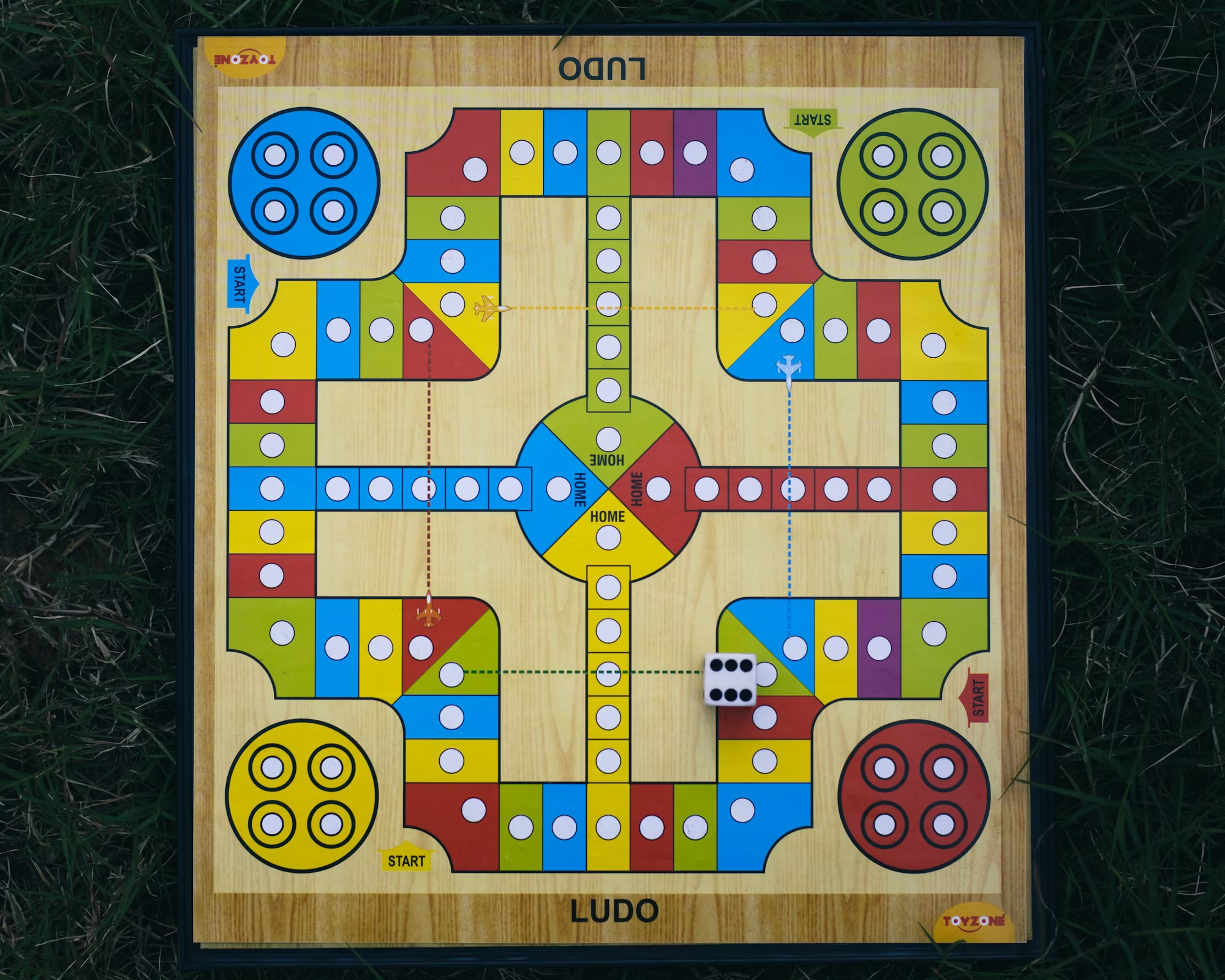The world of game design has transformed significantly over the decades, evolving from simple mechanics and pixelated graphics to immersive experiences that captivate players’ emotions and imaginations. As technology has advanced, so too has the understanding of what makes a game not just playable, but truly engaging. This article examines the evolution of game design, highlighting key milestones, influential trends, and the emerging philosophies that shape how games are created today.
The Beginnings: Mechanics First
In the early days of video gaming, design focused primarily on mechanics. Games were often simple, with straightforward objectives and limited storytelling. Titles like Pong and Space Invaders exemplified this approach, emphasizing gameplay over narrative. The primary goal was to create an engaging experience through challenging mechanics, encouraging players to improve their skills and achieve high scores.
As the industry progressed into the 8-bit and 16-bit eras, developers began to experiment with storytelling. Games like The Legend of Zelda and Metroid introduced players to expansive worlds filled with exploration and puzzles. While gameplay mechanics remained essential, the inclusion of narrative elements began to enhance the overall experience, inviting players to invest emotionally in their adventures.
The Rise of Storytelling in Games
The late 1990s and early 2000s marked a turning point in game design, as developers recognized the potential of storytelling as a core component of gameplay. With advancements in technology, games could now feature richer narratives and more complex characters. Titles such as Final Fantasy VII and Half-Life set new standards for storytelling in games, demonstrating that narratives could rival those found in movies and literature.
During this era, the term “interactive storytelling” gained traction, emphasizing the unique ability of games to immerse players in a narrative. Players were no longer just passive observers; they became active participants in shaping the outcome of the story. This interactivity added depth to the gaming experience, allowing players to forge emotional connections with characters and the game world.
Designing for Emotion
As the understanding of player engagement evolved, designers began to explore how to evoke emotions through gameplay. This shift led to the emergence of emotional game design, where the focus is not solely on mechanics or narrative but on the overall experience of the player. Games like Journey and The Last of Us exemplify this approach, utilizing environmental storytelling, music, and visual design to create powerful emotional experiences.
In Journey, players traverse a stunning desert landscape, interacting with other players in a wordless narrative that emphasizes connection and companionship. The game’s design encourages exploration and emotional reflection, demonstrating how gameplay mechanics can be intertwined with deeper themes. Similarly, The Last of Us delves into complex themes of love, loss, and survival, engaging players on an emotional level that extends beyond traditional gameplay.
The Impact of Player Choice
Another significant development in game design has been the integration of player choice and consequence. Games like Mass Effect and The Witcher 3: Wild Hunt allow players to make decisions that impact the story and the game world. This not only enhances replayability but also empowers players, giving them a sense of agency and ownership over their experience.
The implementation of branching narratives and multiple endings creates a richer gaming experience, as players navigate moral dilemmas and face the consequences of their choices. This trend has pushed developers to think critically about how player agency can enhance storytelling and create meaningful connections between players and their in-game actions.
Expanding the Definition of Gameplay
The evolution of game design has also led to a broader understanding of what constitutes gameplay. Traditional mechanics such as shooting, jumping, or puzzle-solving remain crucial, but developers are increasingly exploring new avenues of engagement. Games as art has become a popular movement, highlighting titles that prioritize artistic expression and experimental gameplay over conventional mechanics.
Firewatch and What Remains of Edith Finch exemplify this trend, focusing on exploration, narrative, and emotional resonance rather than traditional gameplay challenges. These games challenge players to engage with their environments and narratives in novel ways, proving that gameplay can extend beyond conventional definitions.
The Role of Technology in Game Design
Technological advancements continue to play a crucial role in shaping game design. The rise of virtual reality (VR) and augmented reality (AR) has opened new frontiers for immersive experiences, allowing players to interact with game worlds in ways previously unimaginable. VR games like Beat Saber and Half-Life: Alyx demonstrate the potential of this technology to create truly immersive environments where players can physically engage with the game world.
Moreover, advancements in artificial intelligence (AI) have enabled developers to create more dynamic and responsive game worlds. NPCs (non-playable characters) that react realistically to player actions enhance immersion and create a more engaging experience. This evolution challenges designers to think critically about how AI can contribute to gameplay and narrative.
The Future of Game Design
As we look to the future, the evolution of game design shows no signs of slowing down. With advancements in technology, developers will continue to push the boundaries of creativity and interactivity. The potential for AI-driven narratives, fully immersive VR experiences, and innovative gameplay mechanics will redefine what it means to play a game.
Additionally, as the gaming community becomes more diverse, designers are increasingly focusing on inclusive storytelling that reflects a wider range of experiences. Games that address social issues, cultural narratives, and diverse perspectives will become more prevalent, enriching the gaming landscape and fostering a deeper connection between players and the stories being told.
Conclusion
In conclusion, the evolution of game design reflects a remarkable journey from simple mechanics to intricate, emotionally resonant experiences. As developers continue to explore new technologies and storytelling techniques, the future of game design promises to be exciting and dynamic. By prioritizing player engagement, emotional connection, and innovative gameplay, the industry is set to create even more immersive and meaningful experiences that captivate audiences for years to come.



